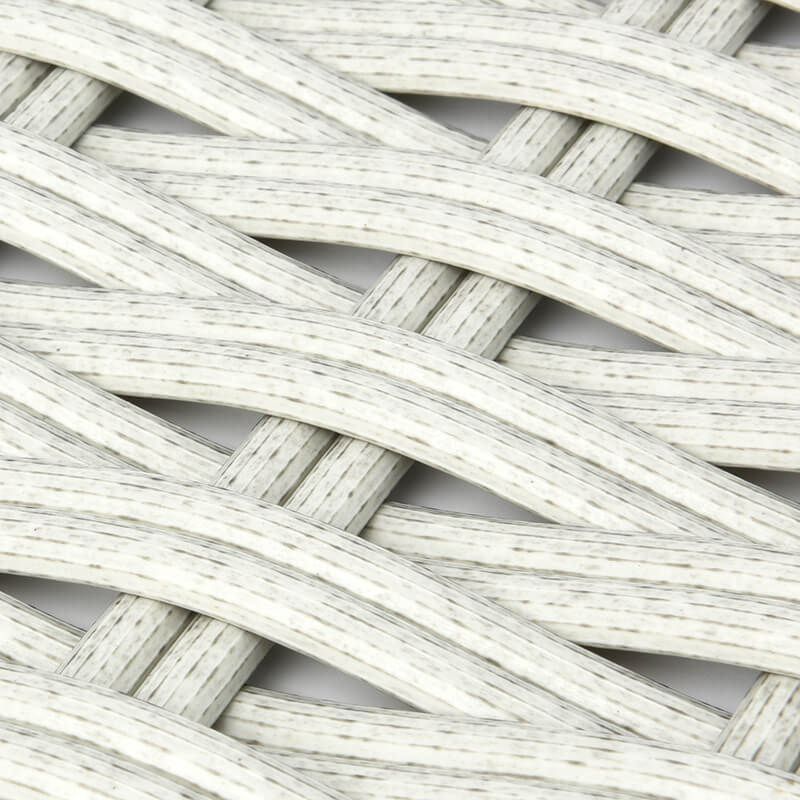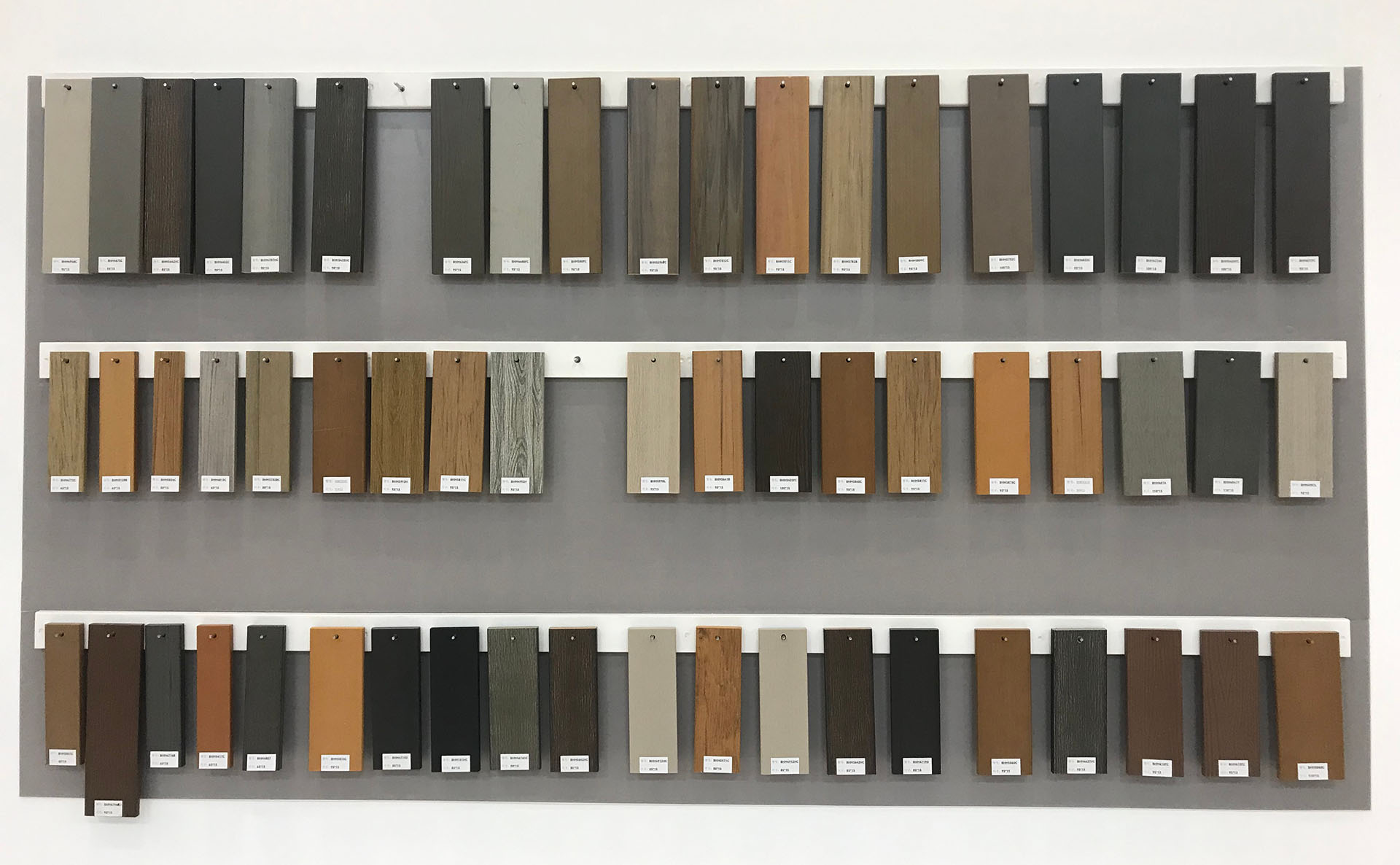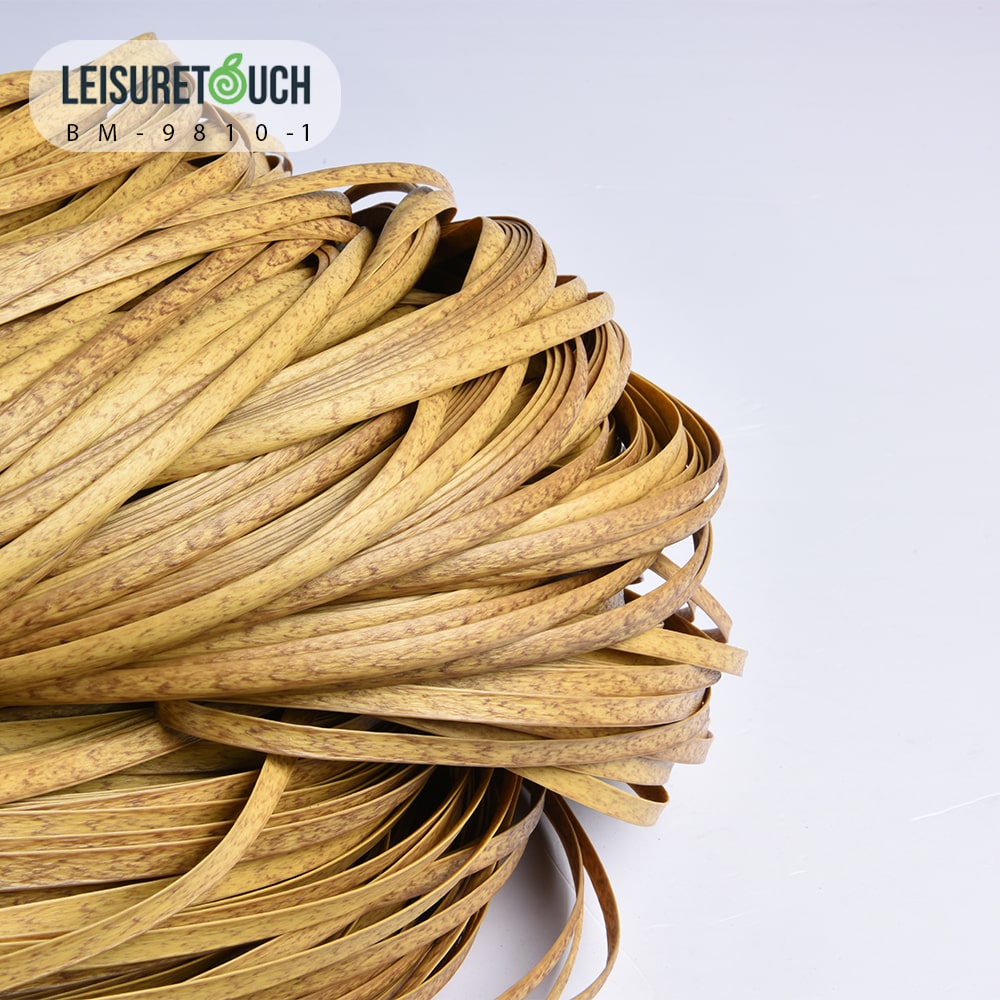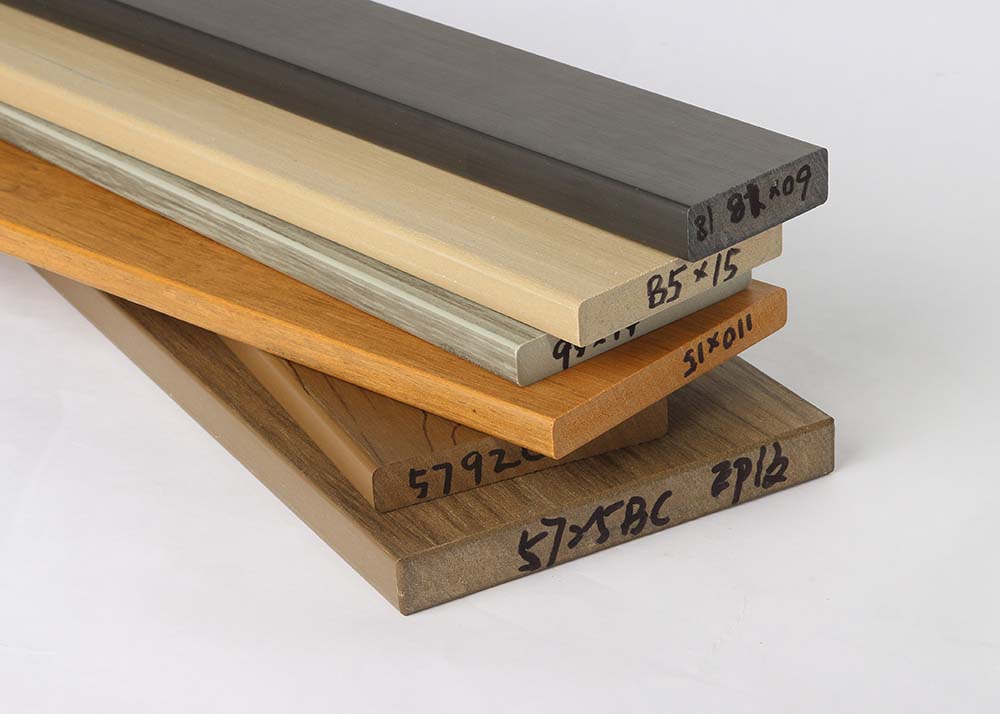Introduction
Recently the selection of different synthetic or plastic materials for the realisation of different construction projects has become popular among builders, architects, designers and homeowners. This trend is mainly due to the fact that these materials offer a great price-quality advantage. Within this wide range of materials, the synthetic rattan sheet stands out, a highly versatile and sought after product due to its great aesthetic appeal. Nowadays it has become a very attractive option for different interior and exterior decoration projects. Rattan sheeting is a plastic material designed to mimic the look and feel of natural rattan, but with enhanced characteristics for durability and strength. In this article we will talk step by step about the process of installing the rattan sheet, the selection of the different models and patterns for your project as well as the benefits that this product offers and we will also give answers to many of the questions that our customers constantly ask us about this product.
Get to know the Rattan Sheet Step by Step.
Synthetic rattan sheet is a product that arises from the need of architects, builders etc., to offer materials that meet the factors of strength, ecology and versatility. Synthetic rattan fibre is known mainly for its use in the manufacture of furniture, this material is woven around different structures either aluminum, wood, steel, the final product always offers a lot of benefits which is why at a certain time the manufacturers of this material began to use synthetic rattan to incorporate it among the materials that can be used for a project of decoration of walls, ceilings or structures either indoors or outdoors. In order to have a deeper knowledge about this material, you must first know the following points:
- Synthetic rattan collections: currently synthetic rattan is classified into 4 collections or groups according to their shape: flat, round, crescent and seaweed synthetic rattan. Each of these collections is suitable for the manufacture of rattan sheet.
- Patterns: Patterns are the different styles in which artisans and manufacturers weave synthetic rattan into a product that offers a high level of aesthetics. Patterns tend to vary based on the needs of each customer, i.e. patterns can be customised.
- Structures: are the base on which the synthetic rattan sheet is installed, generally tend to be classified according to the material used to manufacture them and can adopt any shape whether square, rectangular, oval etc.
Tools and preparation of the rattan sheet.
To install synthetic rattan sheets, various tools are used depending on the method of fixing and the type of structure in which the material is to be installed. In general, these tools can be classified as follows:
- Measuring and marking tools: measuring tape is usually needed to measure and mark the sheets according to the required measurements. The leveller is used to ensure that the installation is straight and balanced, and a marker or pencil is needed to draw the cutting lines.
- Cutting tools: mainly a hand saw and a cutter or scissors are needed. The hand saw is used to cut the rattan sheets to size. The cutter or scissors are used to adjust details or fine cuts (depending on the thickness of the material).
- Fastening tools: mainly you need a power drill or screwdriver, a silicone or adhesive gun, a pneumatic nailer and clamps. The electric drill is used for drilling and screwing if fastened with screws, the pneumatic nailer is used to fasten the sheets with staples in the grooves.
- Fixing tools: mainly drilling screws with rubber washers are used to prevent damage and lastly weatherproof staples (if you plan to install the rattan sheeting outdoors).


Installation of synthetic rattan sheet
In order to help you to install synthetic rattan sheeting successfully and to guarantee the durability of this material, we will start by saying that the installation of rattan sheeting is classified into : Indoor and outdoor installation. The purpose of this classification is to ensure that the right materials and tools are used for each project.

- Installation of synthetic rattan sheet in indoor spaces:
- Synthetic rattan sheet can be used in interior projects by installing this material in ceilings, panels or beams. For this type of installation, it is recommended to use wood, metal or profile structures. We will see an example of how the synthetic rattan sheet is installed on a wooden structure and the result of this interior decoration project.
- First you will have to make the wooden structure according to the measurements of the surface on which you want to install the material.
- Then you will have to make use of a hand saw or scissors to cut the rattan sheet according to the measurements of the structure.
- Then you have to use the stapler carefully to fit the rattan sheet to the structure. It is advisable to place the staples at the back of the frame to prevent people from being able to see the staples when the frame is installed.
It is recommended to use nails instead of staples, mainly to ensure that the synthetic rattan sheet can offer an impeccable appearance.
- Installation of synthetic rattan sheeting in outdoor spaces.
Regarding the method of installation of the rattan sheet in this type of project, in general the procedure of placing the material on the structure does not vary with the installation of the material in indoor projects, however if the synthetic rattan sheet is installed outdoors, it is recommended to use corrosion resistant materials to manufacture the structures to which the synthetic rattan sheet will be fixed, for example aluminium or stainless steel. You should also make use of self-drilling screws with rubber washers to avoid damage.
It is worth mentioning that the synthetic rattan sheet can be installed on roofs, walls or beams outside as well as in indoor projects, that is because the synthetic rattan is a material that is designed to withstand the inclemency of the different climatic agents.
Main applications and benefits.
Synthetic rattan sheeting is a highly versatile and sought after product due to its great aesthetic appeal. Nowadays it has become a very attractive option for different interior and exterior decoration projects. It has a variety of applications thanks to its strength, flexibility and natural look. These applications take advantage of the durability of synthetic rattan, maintaining its relevance in design and decoration; among all the applications of this material, the most important ones are:
- Decoration
- Screens and room dividers: it is mainly used to separate rooms in a natural style.
- Cladding: it can be installed on walls, ceilings or wardrobe doors in residences, hotels, restaurants, luxury resorts, etc., bringing warmth to modern spaces.
- Home Accessories
It can be used on mirrors as a rattan frame, it can also be used on bed headboards as well as on decorative boxes or furniture.
Synthetic rattan sheeting is a product that offers enormous advantages, the most important of which are the following:
- Aesthetic versatility: the material combines with rustic, tropical, modern or minimalist styles.
- Renewable and biodegradable: offering a lower environmental impact compared to its natural rattan counterpart.
FAQ
- How does your company weave synthetic rattan sheet?
We use two methods to weave the synthetic rattan sheet: by using machines and by the craftsmen in our factory.
- What is the size of each roll of synthetic rattan sheet?
If the material is woven by machine, the recommended length is 20 metres and the maximum width is 1.2 metres. However if the material is woven by craftsmen, the maximum length is 20 metres while the maximum width is 2 metres.
- What kind of patterns or styles does your company offer?
We currently have the capacity to manufacture more than 20 different patterns with any of the synthetic rattan models we manufacture.
- Can you send me samples to select from?
Of course, we have a wide range of samples that we offer free of charge.
- Where can I see a project that has been made with this material?
In previous articles we have talked about previous projects that several of our customers have done in their respective countries.








